Young Americans Are Increasingly Moving to Smaller Towns, and Massachusetts is No ExceptionOpinion
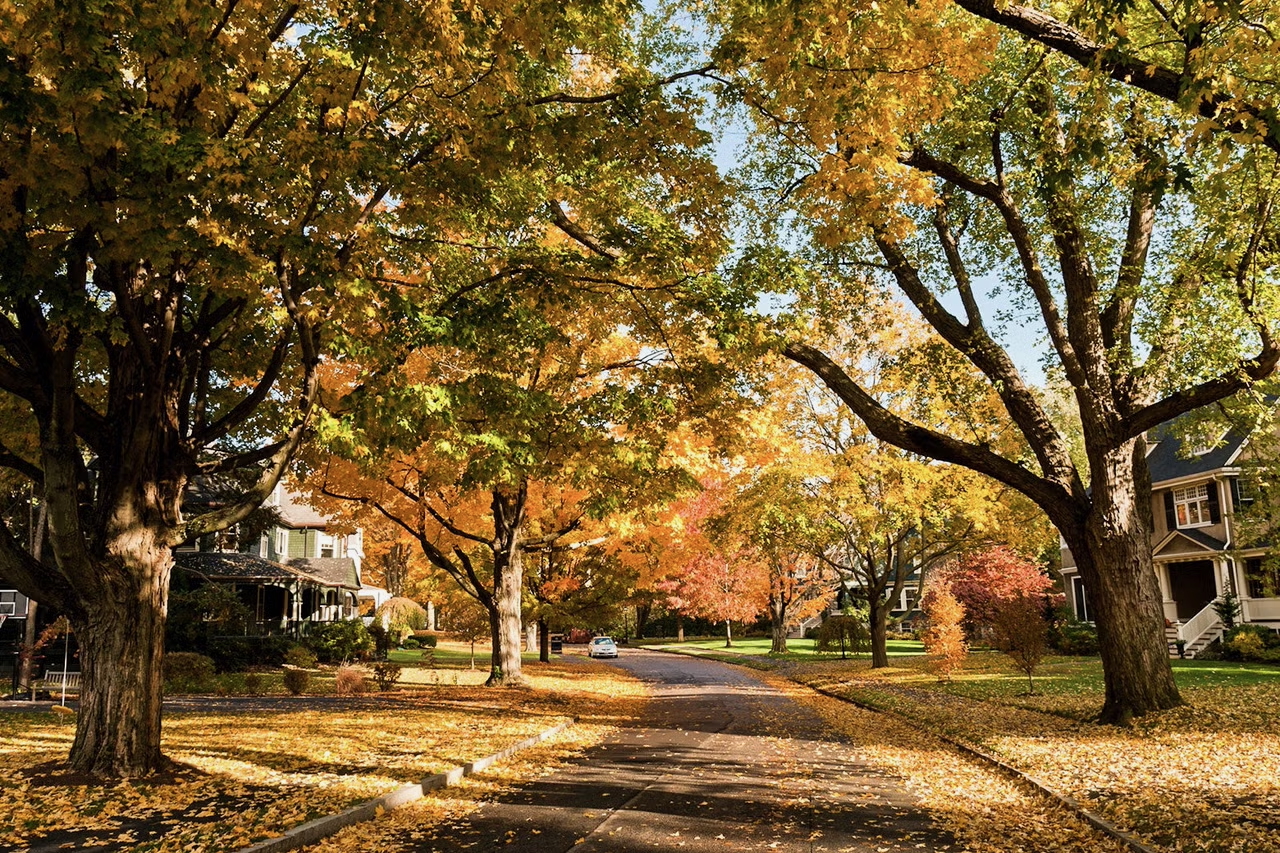
Traditionally, young professionals have been drawn to big cities in search of high-paying jobs and urban excitement. However, with the rising cost of living, the trend is shifting—more young Americans are choosing smaller towns and suburban areas, and Massachusetts is seeing its own version of this movement. From New Bedford to Walpole and beyond, young homebuyers and renters are fueling new demand in markets that once struggled to retain residents.
Massachusetts' Suburban and Small-Town Revival
According to U.S. Census Bureau data, between 2020 and 2024, two-thirds of population growth for those aged 25 to 44 occurred in areas with fewer than 1 million residents or rural counties. While Boston remains a hub for jobs and education, many young adults are opting for nearby cities and towns where they can get more space, lower living costs, and an improved quality of life without sacrificing access to urban amenities.
Areas like New Bedford, which has long been considered an affordable alternative to Boston, are attracting a new wave of homeowners. Similarly, Walpole and other commuter-friendly suburbs have seen an uptick in young buyers seeking a balance between work and lifestyle. Even with some return-to-office mandates, hybrid work has made it possible for many professionals to live farther from city centers without fully disconnecting.
Investment and Growth in Massachusetts’ Secondary Markets
This shift has created new opportunities for real estate investors. Towns that once struggled with declining populations are now seeing revitalization efforts, increased demand for housing, and higher property values.
-
New Bedford: Known for its waterfront, history, and affordability, New Bedford is drawing buyers priced out of Boston. Investors are snapping up multi-family properties and single-family homes, either for long-term rentals or short-term stays.
-
Walpole: Proximity to Boston and strong school systems make Walpole a prime spot for young families. With a growing demand for move-in-ready homes, fixer-uppers are becoming lucrative renovation projects.
-
Fall River & Taunton: These communities, which have long been seen as commuter towns, are experiencing increased interest from first-time buyers and investors looking for affordable properties with strong rental potential.
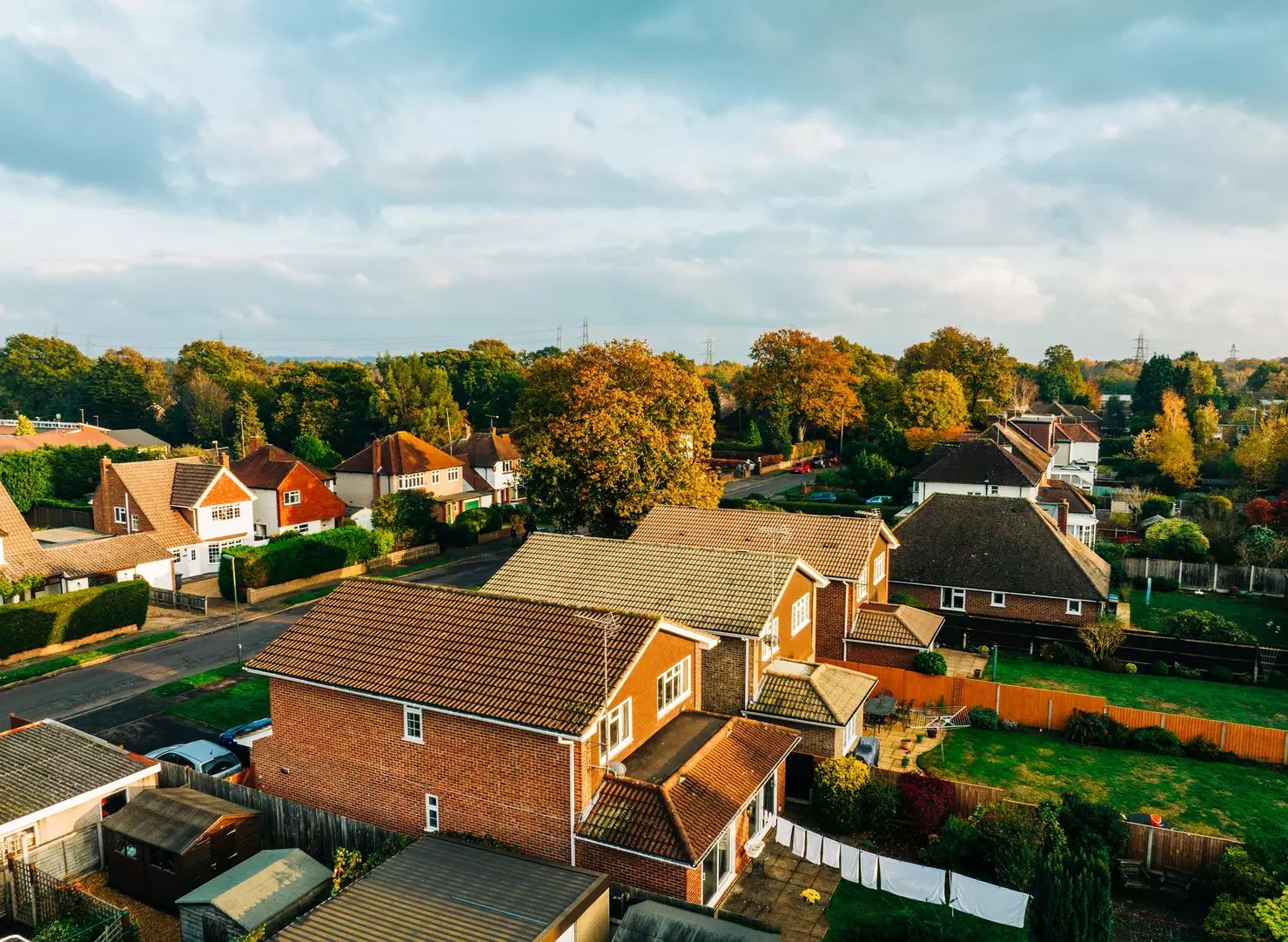
Short-term rental data supports this trend. According to AirDNA, smaller cities and rural areas saw a 16% increase in listings in 2024. In Massachusetts, areas with natural attractions, such as Cape Cod or the South Coast, have seen significant demand for vacation rentals.
Tech Expansion and Infrastructure Improvements Fueling the Shift
Beyond affordability, another factor driving young people to smaller cities and towns is the expansion of the tech sector and infrastructure improvements. As Massachusetts continues investing in transportation and broadband connectivity, more rural and suburban areas are becoming viable options for remote and hybrid workers.
Additionally, the state's growing role in biotech, AI, and clean energy has led to job growth in secondary markets. For instance, new developments in New Bedford’s offshore wind industry are expected to bring long-term employment opportunities, attracting both workers and investors.
Final Thoughts
While Boston remains a top destination, the cost of living is pushing young professionals to look elsewhere—creating a surge in demand for housing in Massachusetts’ smaller towns and cities. With hybrid work, infrastructure improvements, and economic growth reshaping these markets, investors and homebuyers alike have a chance to get ahead of the curve. Whether you're looking for an affordable home or an investment opportunity, keeping an eye on these trends could pay off in the long run.
Categories
Recent Posts
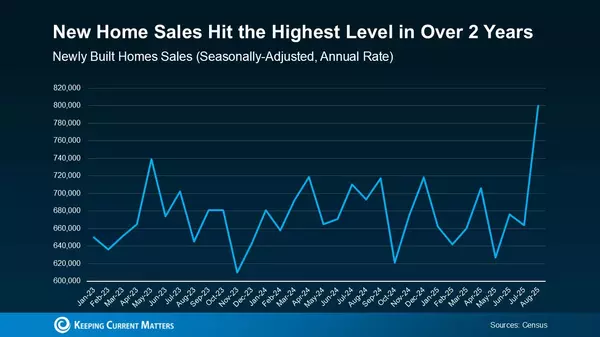

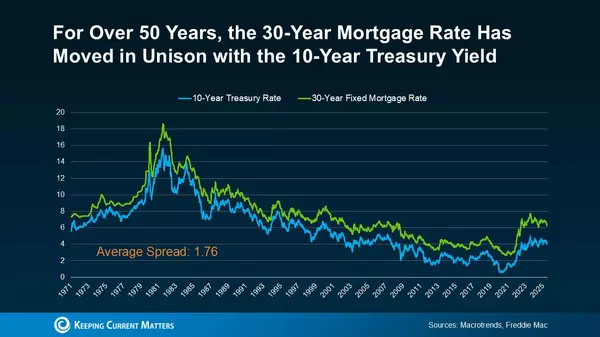
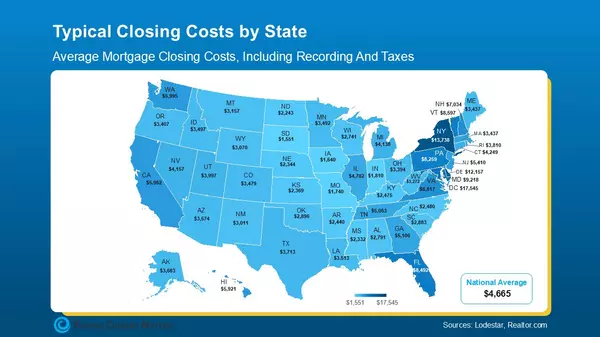
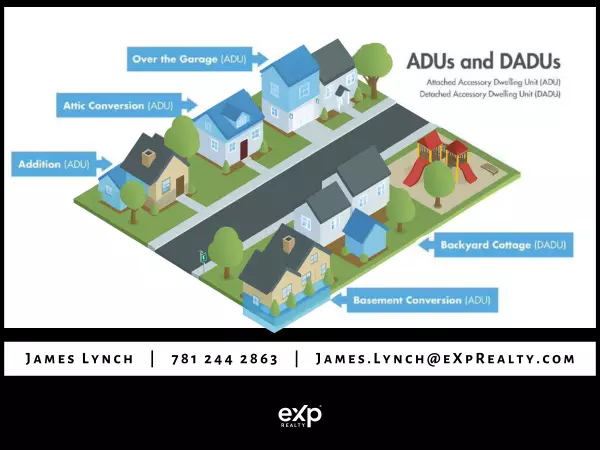


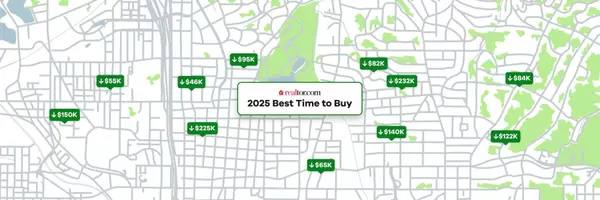

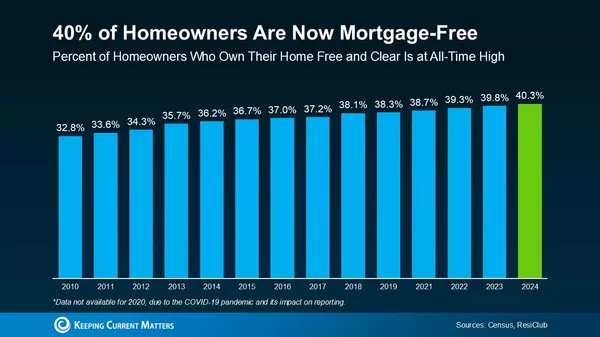
GET MORE INFORMATION


